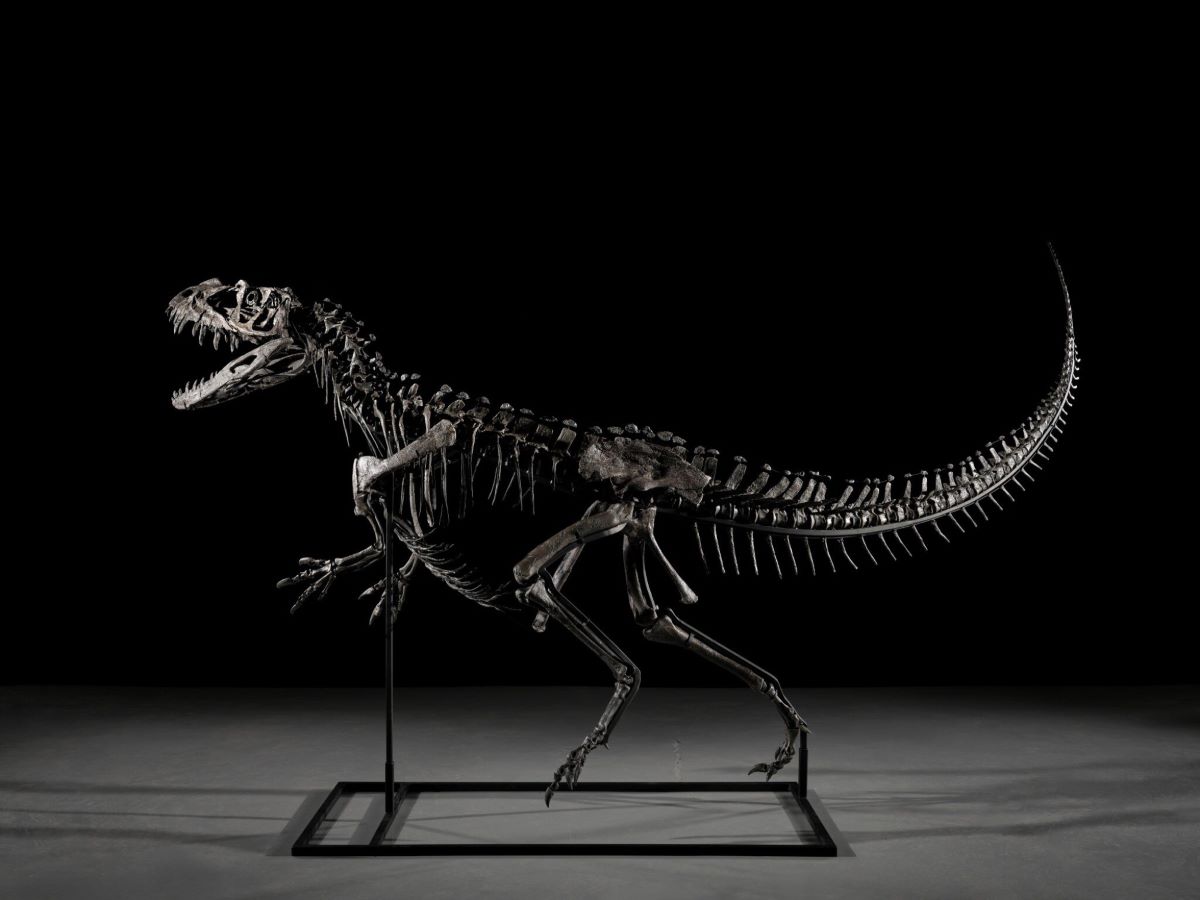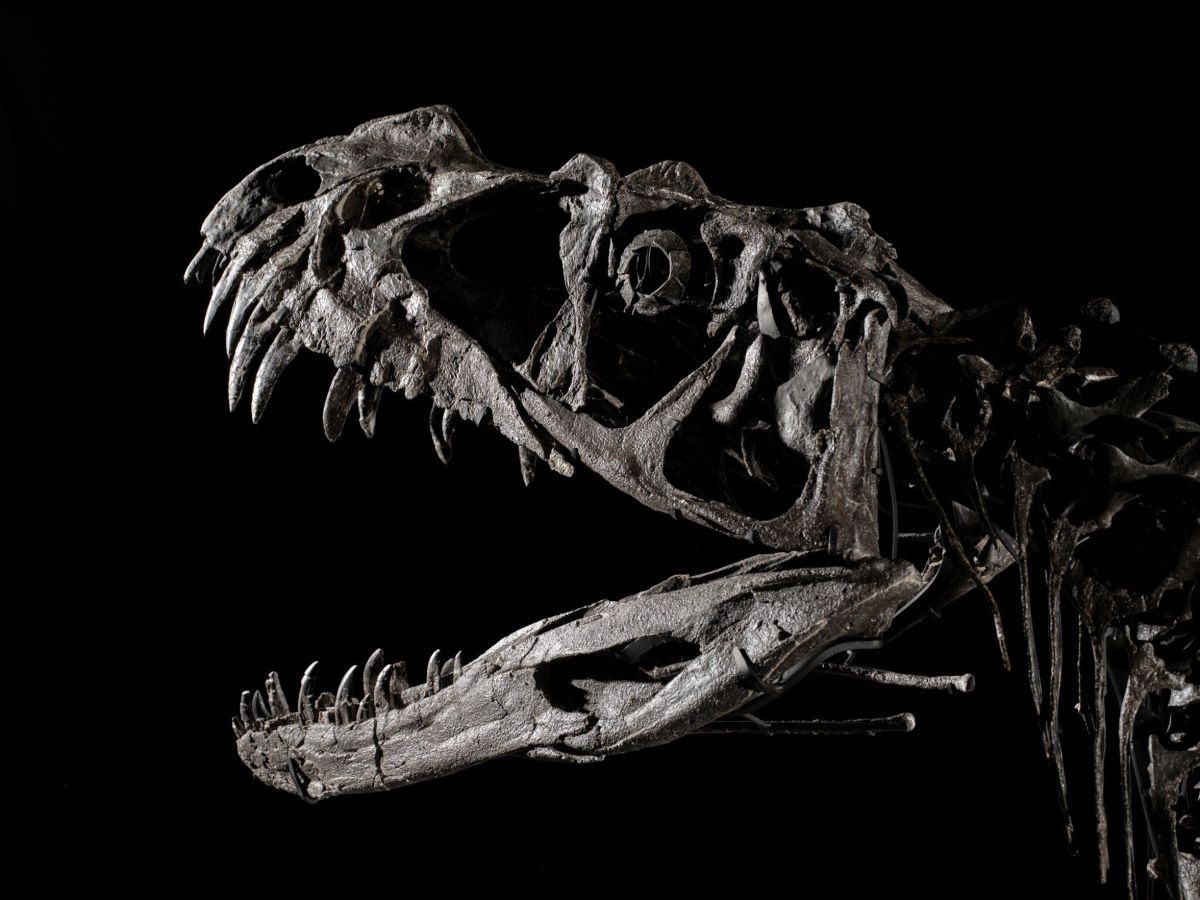At a rare auction in New York organized by Sotheby's on July 16, the largest piece of Martian Galaxy ever found on Earth was sold for 5.3 million USD.
However, public attention quickly shifted to a rare baby khung code, auctioned for a record $30.5 million, six times higher than initially predicted.
The Martian meteorite, codenamed NWA 16788, weighing 25kg, was discovered in November 2023 in the Sahara desert (Niger), after flying more than 225 million km from Mars to Earth in an ancient meteorological collision.
At 37.5 x 28 x 15cm, the meteorite is 70% larger than any previously found Mars sample.
However, despite being a rare mineral - with only about 400 Martian meteorites confirmed worldwide - the rock has only reached the auction price of $5.3 million.
Meanwhile, the focus of the auction belongs to a young Ceratosaurus nasicornis skeleton - a Jura-era carnivor Dinosaur, which is close relatives to Tyrannosaurus rex but smaller.

This is the only small individual skeleton known from the four Ceratosaurus models, over 2m high and nearly 3m long, dating back to 140 pieces of remains excavated in Wyoming, USA, since 1996.
The khung bo auction took place dramatically with 6 bidders competing for 6 minutes, pushing the price from the starting price of 6 million USD to 26 million USD, before adding fees to the official figure of 30.5 million USD - becoming the third highest price in history for a Dinosaur fossil, behind the Stegosaurus "Apex" skeleton sold last year for 44.6 million USD.

Sotheby's said that buyers of the khungone skeleton (identities not disclosed) plan to lend it to an organization or museum for display. This skeleton was restored by the US company Fossilogic last year, with the bones placed on a steel frame ready for public exhibition.
Returning to Martian meteorites, although their size and scientific value are very high - accounting for 7% of all Martian matter on Earth - the auction process took place quite slowly.
The two opening prices are 1.9 and 2 million USD respectively, then gradually increased by 200,000-300,000 USD to a close of 4.3 million USD. After the additional fee, the total selling price is 5.3 million USD, becoming the most expensive thien event ever auctioned.
The sample was identified as olivin-microgabbroic shergottite, a slow-cooling volcanic rock rich in the minerals pyroxene and olivin, with a shiny surface due to burning when it crashed into the Earth's atmosphere.
Despite originating from the Red Star and flying hundreds of millions of kilometers, the meteorite block still has to "stage" a small mineral from Earth, showing that the story of civilization is always what makes humans more passionate than the stars.











